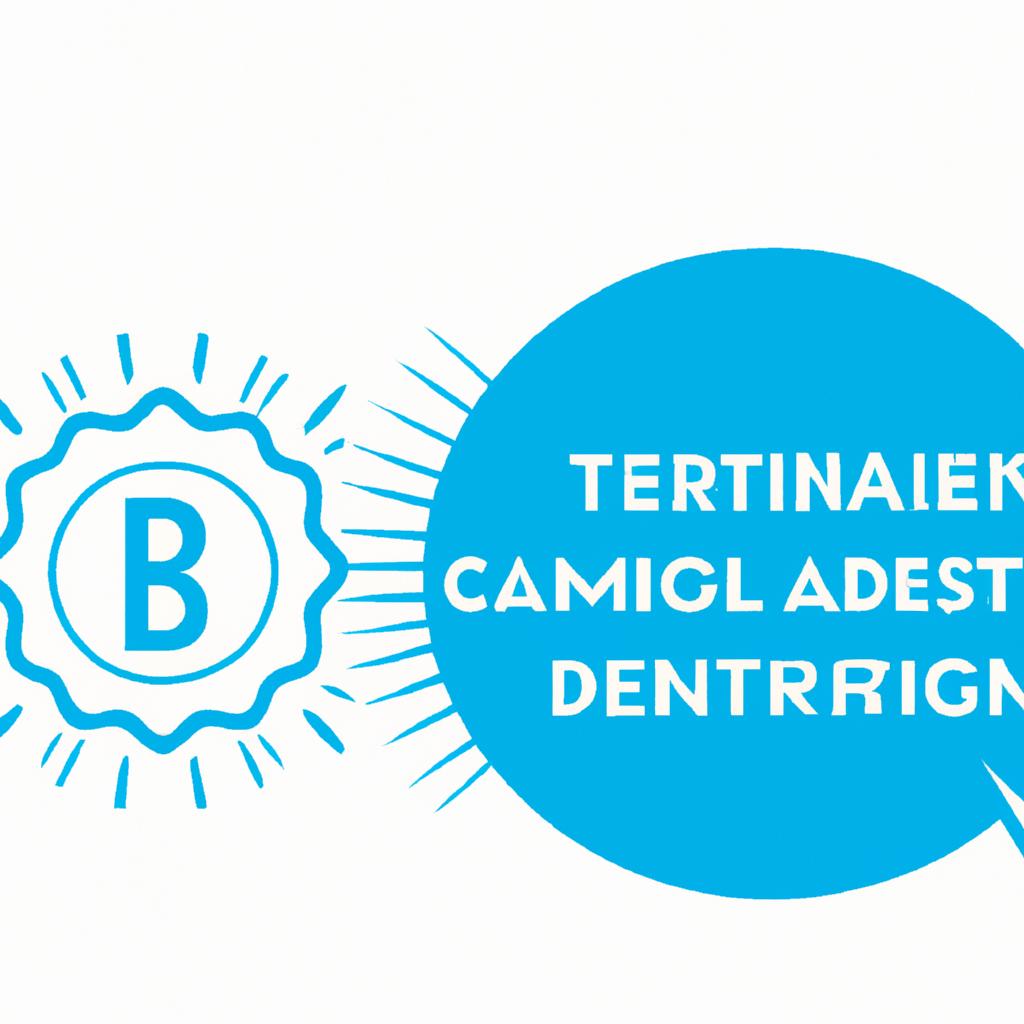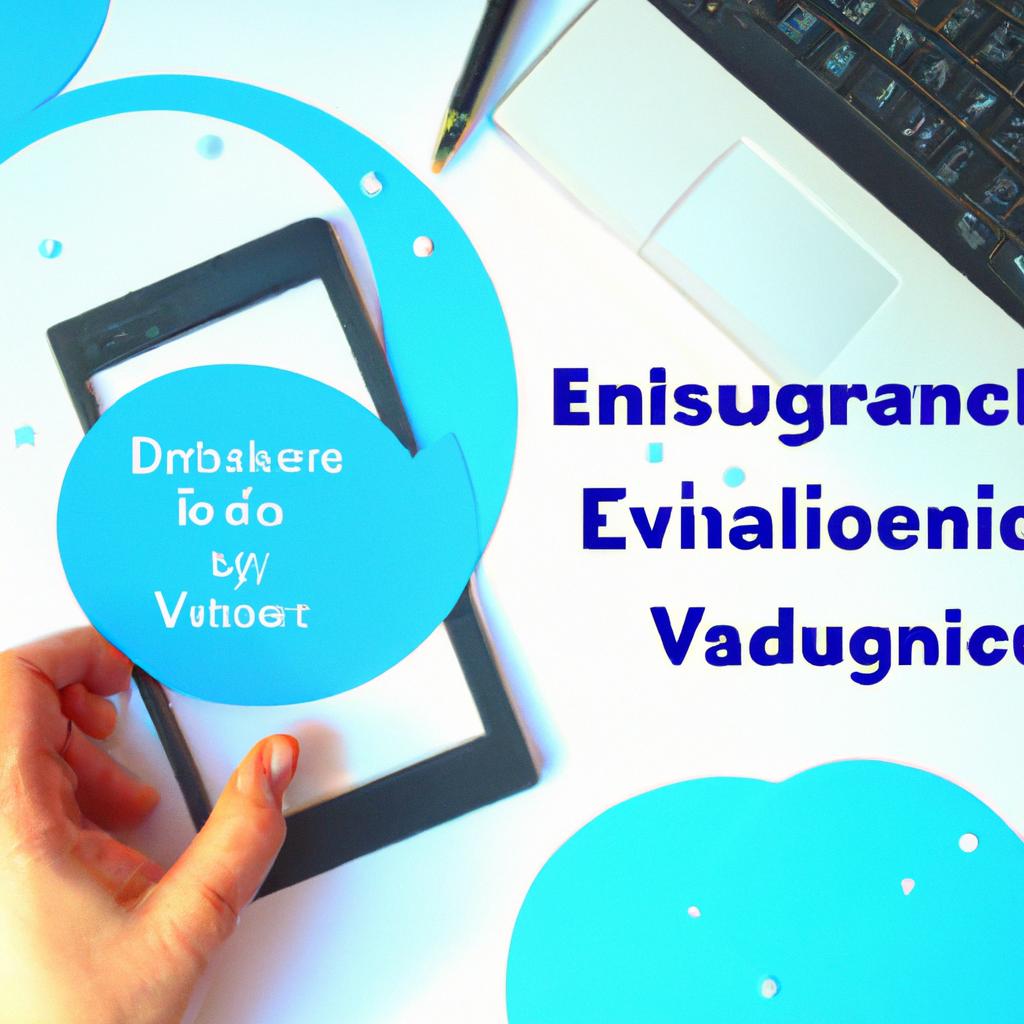In an age where convenience often trumps tradition, the debate between the tangibility of paper certificates and the burgeoning realm of digital validation is more pertinent than ever. From diplomas hanging proudly on walls to digital badges displayed on personal profiles, the evolution of credentialing reflects broader shifts in our interaction with technology and our expectations for authenticity. As society leans towards electronic solutions that promise efficiency and accessibility, the familiar rustle of paper—so often associated with achievement—faces an uncertain future. This article embarks on a journey to explore this transformative shift, examining the benefits and challenges posed by electronic validation, as we weigh the enduring significance of paper against the innovative potential of the digital age.
Transitioning from Tangible to Virtual: Understanding the Benefits of Digital Certifications
As organizations and educational institutions continue to embrace technology, the shift from traditional paper certificates to digital validation is gaining momentum. This transformation offers a plethora of advantages that not only enhance the verification process but also streamline the overall experience for both issuers and recipients. With digital certifications, individuals can benefit from instant accessibility—no longer needing to store or retrieve physical documents. Additionally, these certifications can be easily shared via various platforms, adding an element of convenience for job seekers and learners. The security aspect of digital formats is also noteworthy; advanced encryption and unique verification links minimize the risks of forgery and unauthorized alterations. Furthermore, organizations can save on costs associated with printing and distribution, allowing them to allocate resources more efficiently. In essence, digital certifications represent a natural evolution that aligns with our increasingly interconnected, tech-driven world.
| Benefits of Digital Certifications | Traditional Certificates |
|---|---|
| Instant Access | Requires physical retrieval |
| Easy Sharing | Limited to physical delivery |
| Enhanced Security | Vulnerable to forgery |
| Cost-Effective | Printing and shipping expenses |

Navigating the Digital Landscape: Key Strategies for Effective Implementation of Electronic Validation
Embracing electronic validation requires a strategic approach that ensures seamless integration into existing systems. **Fostering collaboration** among relevant stakeholders—including IT, compliance, and end-users—can facilitate smoother transitions from traditional paper-based processes to digital solutions. Key strategies include:
- Conducting a thorough needs assessment: Evaluate the specific requirements and challenges of your organization to determine the most suitable digital validation tools.
- Implementing user-friendly interfaces: Ensure that the electronic validation systems are intuitive to encourage adoption and minimize training time.
- Incorporating robust security measures: Safeguard sensitive information with encryption and secure access controls to maintain compliance and build trust.
- Establishing a feedback loop: Regularly solicit input from users to refine processes and address any potential issues proactively.
Furthermore, adopting a phased implementation plan can help organizations manage change effectively. By starting with pilot programs, businesses can test new systems in a controlled environment before wider rollout, reducing the risk associated with more extensive changes.
Future Outlook
As we navigate through this digital age, the shift from traditional paper certificates to electronic validation systems becomes increasingly significant. This evolution not only reflects technological advancements but also reshapes our understanding of authenticity and accessibility in documentation. While paper certificates have long served as a reliable means of verification, the flexibility, efficiency, and eco-friendliness of digital alternatives present an intriguing case for the future. As stakeholders across various sectors embrace this transition, it is essential to remain mindful of the balance between innovation and tradition, ensuring that the integrity of validation processes is upheld. Ultimately, whether we cling to the tangible or embrace the intangible, the journey towards a more digital world invites us to rethink how we value and verify credentials in a rapidly changing landscape. The choice between electronics and paper may not simply be a matter of preference, but a step towards shaping a more connected and sustainable future.


